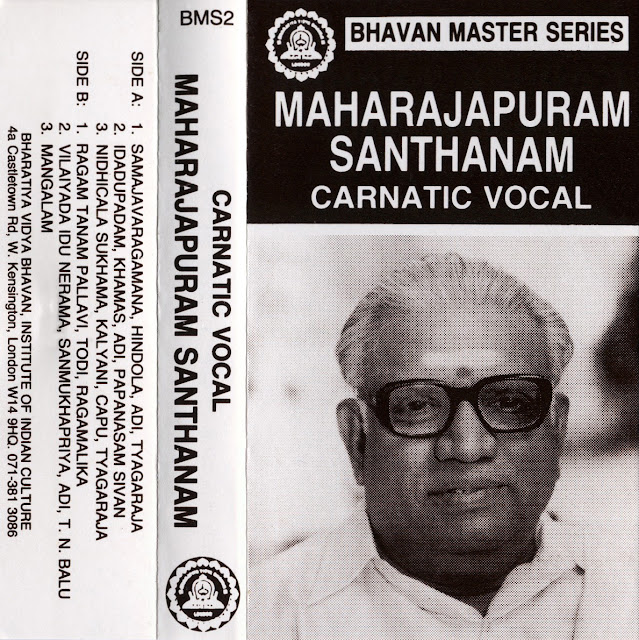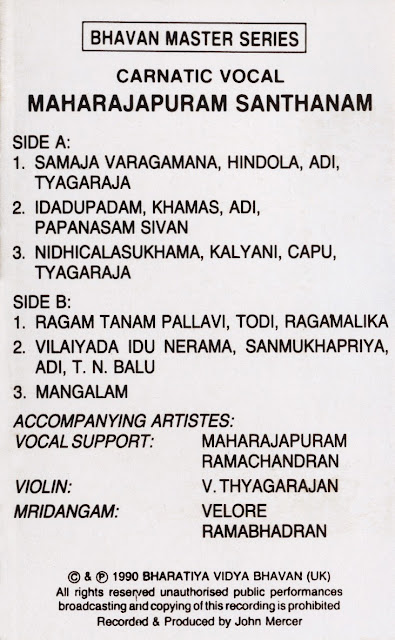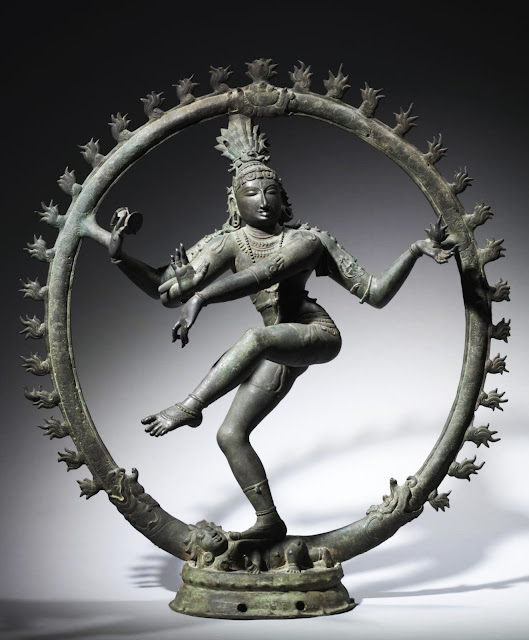NIGERIA – NIGÉRIA
Sikiru Ayinde Barrister – Fuji Explosion – SKOLP 048, 1992 (LP)
When I visited Lagos, on several occasions in the early 1990s, Alhaji Sikiru Ayinde Barrister's (1948-2010) Yoruba "Fuji" music — a genre both modern and steeped in tradition — was all the rage (the name was inspired by Japan’s Mount Fuji, the mountain of love and peace).
Barrister was a highly sought-after MC, conveying great prestige to lavish marriage celebrations with distinguished guests, along with crowds of the uninvited hoping to hear the music or just catch a glimpse of the "Balaa of Lagos." Barrister's singing, accompanied by frenetic drumming, created a feeling of excitement and was the absolute ultimate dance music (I had the great privilege of seeing him perform twice in the 1990s). Most regrettably, he is largely unknown outside the Yoruba community.
After posting a selection of two traditional-sounding early Barrister albums from the mid-70s and a 1985 LP with an urban edge, we now come full circle by presenting this 1992 album. These great records, spanning three decades, show how Barrister's Yoruba Islamic "Were" style of music evolved over time and became increasingly secular, reflecting the evolution of Yoruba urban society, specifically Lagos's increasingly feverish pace and intensity. But the core of his music always remained his 15- to 25-member band of outstanding percussionists playing traditional Yoruba instruments accompanied by the singer's magnificent voice and backing vocals in call-response.
This terrific LP — featuring awesome fast-tempoed, multilayered percussion, including vibrant agogo bells, deep talking drum bass sounds, sakara drums, shekere gourd shakers, saworo tambourines, omele drums and timbales — also brilliantly incorporates fretless Juju-style “Hawaii” guitars and electronic instruments for a resolutely modern touch.
Lors de mes voyages à Lagos au début des années 1990, la musique « Fuji » inventée par Alhaji Sikiru Ayinde Barrister (1948-2010) – à la fois moderne et ancrée dans la tradition, dont le nom vient du Mont Fuji au Japon, la montagne de l'amour et de la paix ! – faisait fureur.
Barrister était un MC très recherché, qui conférait un grand prestige aux célébrations de mariage somptueuses. Sa présence attirait de nombreux invités de marque, sans compter les foules de badauds à l’extérieur venus pour écouter la musique et peut être même apercevoir le « Balaa of Lagos ». La voix majestueuse de Barrister accompagnée de percussions frénétiques créaient une grande excitation et étaient le summum pour danser. J'ai eu le grand privilège de le voir deux fois sur scène dans les années 1990. Barrister est malheureusement un artiste peu connu en dehors de la communauté Yorouba.
Après avoir posté une sélection de deux albums traditionnels de Barrister datant du milieu des années 1970, suivi d’un album de 1985 avec une touche plus urbaine, nous bouclons un cycle avec cet album de 1992. Ces disques marquants, qui couvrent trois décennies, montrent comment la musique Islamique Yorouba « Were » de Barrister s'est progressivement modernisée au fil du temps, reflétant ainsi l’évolution des valeurs de la société Yorouba en milieu urbain, tout particulièrement dans la folle effervescence de Lagos. Mais le cœur de sa musique est toujours resté son groupe de 15 à 20 percussionnistes jouant des instruments traditionnels Yorouba ainsi que sa voix impériale et des cœurs masculins en appel-réponse.
Cet album – qui présente des percussions polyrythmiques fulgurantes, avec notamment des lancinantes cloches agogo, des tambours parlants avec de la profondeur dans les basses, des tambours sakara, des shekere, des tambourins saworo, des tambours omele et des timbales – incorpore également avec brio des guitares fretless "hawaïennes" empruntées à la musique Juju, ainsi que des instruments électroniques pour une touche résolument moderne.
Download:
Our other Yoruba Fuji music shares:
Sikiru Ayinde Barrister – Vol. 6 – Africa Song AS 33-L, 1975 here
Sikiru Ayinde Barrister – Fuji Exponent Vol. 8 – AS 46-L, 1976 here
Sikiru Ayinde Barrister – Superiority – SKOLP 030, 1985 here
Kollington Ayinla – Ijoba Titun – KRLPS 6, 1984 here
Wasiu Ayinde Barrister – Jo Fun Mi (Dance for Me) – OLPS 1361, 1990 here
Photograph below is from Art of Black Africa by Elsy Leuzinger, Littlehampton Book Services Ltd, 1972:
Head, Ife, South Western Nigeria, c. 10th-13th century:
Please help me purchase important traditional records to pursue my global curation project and share the best finds with you on this blog:
%20-12%2032.jpg)
%20-12%2032.jpg)
%20-5%2033.jpg)
%20-9%2041.jpg)
%20orange%20-16%2028.jpg)




%20-9%2029.jpg)
%20-14%2035.jpg)
%20-4%2079.jpg)
%20-37%2049.jpg)
%20-30%2025.jpg)